Imagine picking up a baby bird and hearing it crunch not from bones breaking, but from hundreds of pieces of plastic grinding inside its stomach. It’s a sound no living creature should make. And yet, on a remote island in the Pacific, it has become disturbingly common.
On Lord Howe Island, researchers recently pulled 778 pieces of plastic from the body of a single seabird chick an 11-week-old flesh-footed shearwater barely old enough to fly. That plastic made up nearly a fifth of its body weight. Instead of fish and squid, these chicks are being fed bottle caps, pen lids, toy wheels, and balloon clips unknowingly delivered by their own parents.
This isn’t happening in some heavily industrialized coastal zone. It’s unfolding in a UNESCO World Heritage site, far from the nearest city. And it’s not just about birds. It’s about a global pollution crisis that’s now showing up in bodies animal and human alike.
What’s happening on Lord Howe Island is a warning. The question is: are we paying attention?
The Crisis on Lord Howe Island
Lord Howe Island sits 600 kilometres off Australia’s east coast, home to about 500 people and roughly 44,000 flesh-footed shearwaters. Despite strict visitor limits and conservation rules, scientists now call it the “loudest” example of ocean plastic in wildlife: chicks crunch when their bellies are pressed because they are packed with debris.
During fieldwork in May 2025, Dr Jennifer Lavers’ team removed 778 identifiable plastic items from bottle caps to soy-sauce fish from an 80-day-old chick. The load weighed nearly one-fifth of the bird’s body mass.
The trend has escalated fast. In 2008 most birds carried fewer than 10 pieces; today every bird examined contains 50 or more, and record counts keep climbing each year.
Researchers can now diagnose contamination by touch. “There is so much plastic you can feel it on the outside… you hear the pieces grinding against each other,” Dr Lavers explains. Ecologist Alex Bond adds that these are not microplastics: “We’re talking items up to and including bottle caps and takeaway cutlery.”
The birds’ plight is more than a grisly statistic; it is an early-warning signal. As Bond puts it, shearwaters are “a canary in the coal mine” showing how rapidly plastic is overwhelming even the most remote ecosystems.
How Plastic Gets Into Birds’ Bodies

The path from a bottle cap in a city gutter to a bird’s stomach on a remote island starts in the ocean—and it’s deceptively easy to follow.
Plastic waste cutlery, toy parts, pen lids gets washed into waterways and eventually out to sea. Once there, it doesn’t just float aimlessly. Marine algae quickly coat the plastic, forming a biofilm that emits dimethyl sulfide (DMS), a chemical that seabirds associate with food. To a hungry shearwater, that scent signals a potential meal.
“Plastic doesn’t just look like food it smells like it too,” said marine ecologist Dr. Matthew Savoca. Adult shearwaters, drawn by that scent, scoop up fragments of plastic believing it to be prey like squid or fish. They return to Lord Howe Island and regurgitate this “food” directly into the mouths of their chicks unknowingly feeding them bottle caps, balloon clips, and bits of plastic furniture.
What makes this worse is the biology of the birds themselves. Unlike some seabird species that can vomit indigestible material, flesh-footed shearwaters retain what they swallow. Chicks in particular lack the ability to expel foreign objects. Once plastic enters their stomach, it stays accumulating week after week, feeding after feeding.
There’s also trophic transfer: birds consuming fish that have already ingested microplastics. This means even when the prey seems real, it may come preloaded with plastic creating another backdoor into the food chain.
By the time a chick is ready to leave the nest, it may already carry hundreds of plastic fragments and have never eaten a proper meal. And unlike instinct, this mistake doesn’t pass. It builds.
What Plastic Does Inside Their Bodies
Once plastic enters a bird’s digestive system, the damage is immediate and long-lasting. Sharp fragments scrape and puncture the stomach lining, while softer pieces accumulate into dense, hardened clusters that block digestion entirely. Researchers have found birds with “brick bellies,” where plastic has compacted into solid masses, leaving no space for real food.
But the visible trauma is only part of the story. In 2023, scientists coined a new term for the internal damage they were seeing: plasticosis. It’s a type of chronic inflammation caused by plastic pieces repeatedly grinding against the stomach lining. Over time, this leads to scarring, tissue breakdown, and permanent loss of organ function. It mimics the progression of fibrotic diseases seen in humans except here, the cause is entirely manmade.
The harm doesn’t stop in the gut. Studies have shown that the heart, liver, and kidneys of these birds also bear signs of damage. Toxic chemicals leached from plastics like PCBs and flame retardants enter the bloodstream and disrupt critical systems. In chicks, these toxins can interfere with growth, reduce immune function, and even impair brain development.
Researchers from the University of Tasmania have documented dementia-like symptoms in chicks not even three months old. One key finding: a drop in brain-derived neurotrophic factor (BDNF), a protein essential for memory, communication, and social behavior in birds. Without it, the birds struggle to learn songs or recognize mates skills essential for survival and reproduction.
And then there’s starvation. Many of these birds die with full stomachs not from a lack of eating, but because plastic gives the illusion of fullness while providing zero nutrition. Their bodies waste away while their bellies stay packed with garbage.
Why It Matters Beyond the Birds

It’s easy to think of Lord Howe Island’s seabirds as a remote tragedy. But what’s happening inside these birds is not isolated it’s part of a much larger pattern that connects directly to human life.
Flesh-footed shearwaters are sentinel species, meaning their health reflects the state of the wider environment. If plastic is harming them, it’s likely harming other wildlife and us. That’s not speculation. Studies have already found microplastics in seafood, bottled water, table salt, human blood, lung tissue, and even placentas. The same particles that are shredding birds’ stomachs are turning up on our dinner plates and in our bodies.
Unlike organic materials, plastic doesn’t biodegrade. It breaks down into smaller fragments that persist for centuries. These microplastics and nanoplastics, often invisible, can carry toxic chemicals into tissues. Once inside the body, they may interfere with hormones, disrupt immune responses, and accumulate in vital organs effects that researchers are still working to fully understand.
Meanwhile, the global plastic crisis keeps growing. Oceans now hold an estimated 170 trillion plastic particles, and production is set to triple by 2060 unless major policy changes take place. At current recycling rates barely 12% in Australia, for example most of that plastic ends up in landfills, waterways, or the sea.
Lord Howe’s birds aren’t an outlier. They’re a warning. And the consequences are already reaching beyond wildlife into the systems that feed and sustain human health. Ignoring that link means ignoring the growing evidence that plastic pollution isn’t just an environmental issue it’s a public health one.
What You Can Do

You don’t need to live near an ocean or be an environmental activist to take action. The plastic ending up inside seabirds and eventually our food chain starts with the everyday items we use and throw away. Here’s what you can do that actually makes a difference:
1. Ditch Single-Use Plastics
Start with the most common offenders:
- Plastic bottles → Carry a reusable one.
- Takeaway cups and lids → Bring your own or dine in.
- Plastic cutlery and straws → Refuse them; many places now offer compostable or reusable options.
- Plastic bags → Keep a foldable cloth bag in your car or backpack.
Small changes add up especially when done consistently.
2. Avoid Overpackaged Products
Supermarkets are filled with items wrapped in unnecessary plastic. Choose:
- Loose fruits and vegetables over pre-packed ones.
- Bulk goods in paper or bring-your-own containers.
- Products packaged in glass, metal, or cardboard when available.

3. Learn to Spot “Greenwashing”
Just because a product is labeled “biodegradable” or “eco” doesn’t mean it’s safe for the environment. Look for certifications like:
- BPI Certified Compostable
- Plastic-free or zero-waste seals from trusted environmental bodies
4. Support Local and Sustainable Brands
Many smaller businesses offer products with less packaging and more transparency. Buying from them also pushes larger companies to change.
5. Handle Waste Better
- Rinse recyclables to avoid contamination.
- Learn what your local recycling program actually accepts (it’s often more limited than people think).
- Avoid “wishcycling”—tossing something in the bin hoping it’s recyclable.
6. Talk About It
Share real facts (not fear) with friends and family. Show them photos, mention the birds, explain the connection to human health. Normalizing better habits starts with conversation.
Turning Heartbreak Into Change
The crunching sound inside a baby bird’s body isn’t just heartbreaking it’s a wake-up call. It forces a hard truth: what we throw away never really goes away. It travels. It lingers. And eventually, it comes back in a chick’s stomach, a fish fillet, or a glass of drinking water.
The birds on Lord Howe Island didn’t choose this. They didn’t invent plastic, they can’t avoid it, and they have no way to heal from what it does to them. But we do have a choice. And that choice goes beyond metal straws and reusable bags it’s about changing the systems that created this crisis in the first place.
That means pushing for stronger policies that limit plastic production, not just encourage better recycling. It means supporting companies that use responsible packaging and holding those that don’t to account. It means voting, buying, and speaking as if these things matter because they do.
The birds are telling us everything we need to know. Now it’s on us to listen, and more importantly, to act. Not just out of guilt or grief but because we still have the chance to stop the spread of this crisis before it becomes irreversible. We can’t undo what’s been done to them but we can make sure fewer follow.



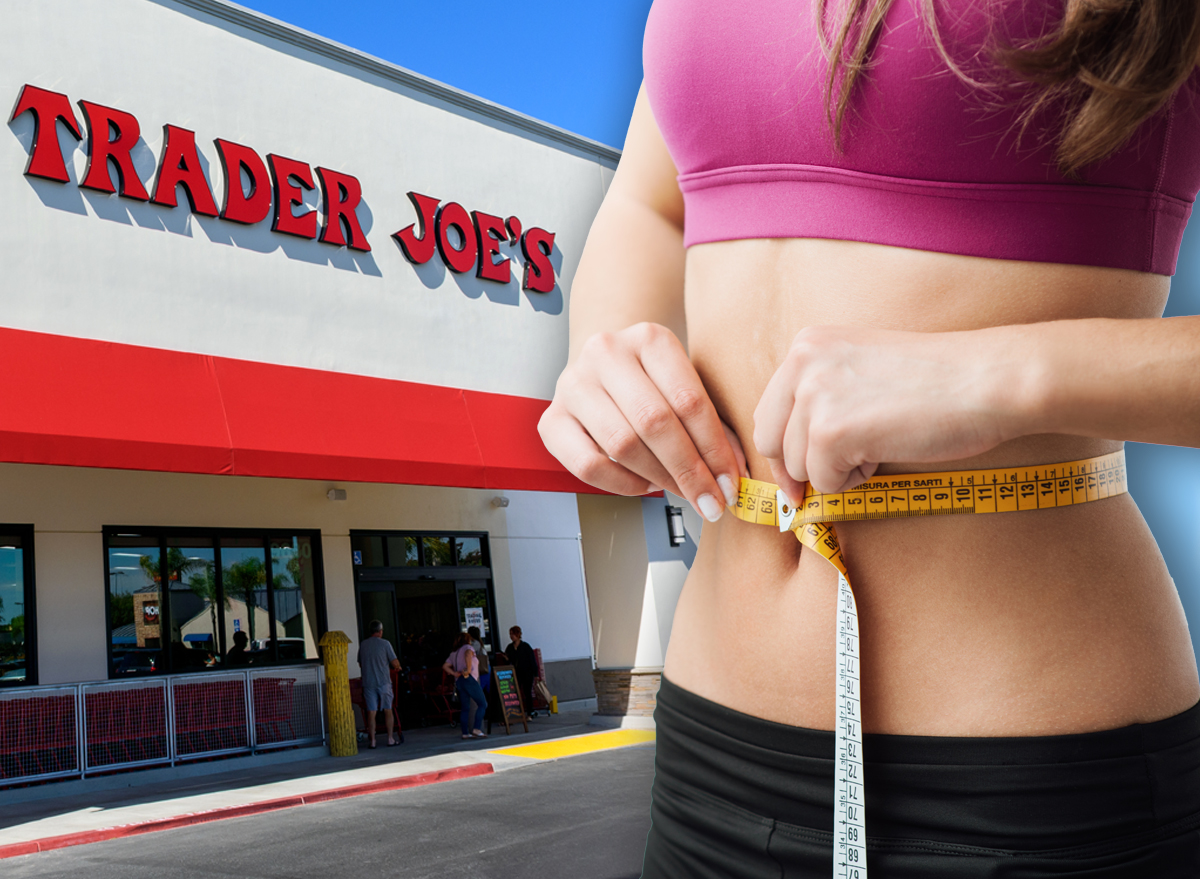
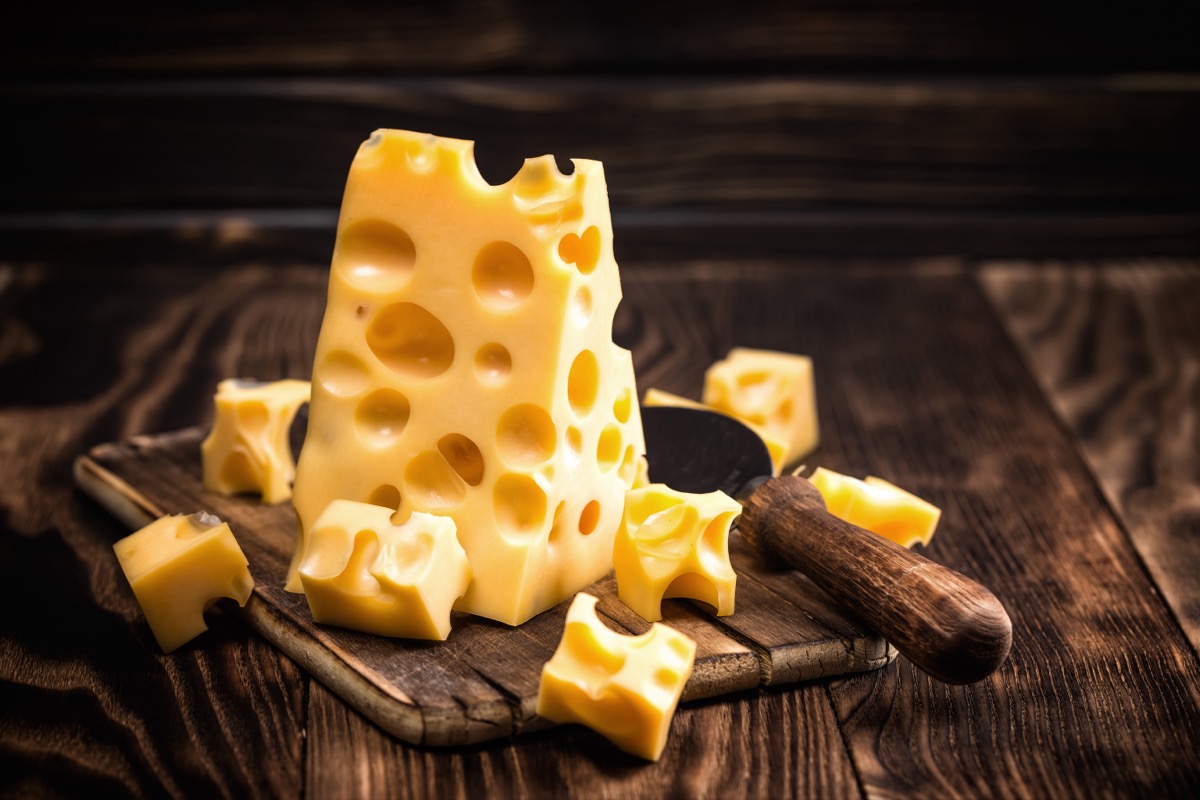
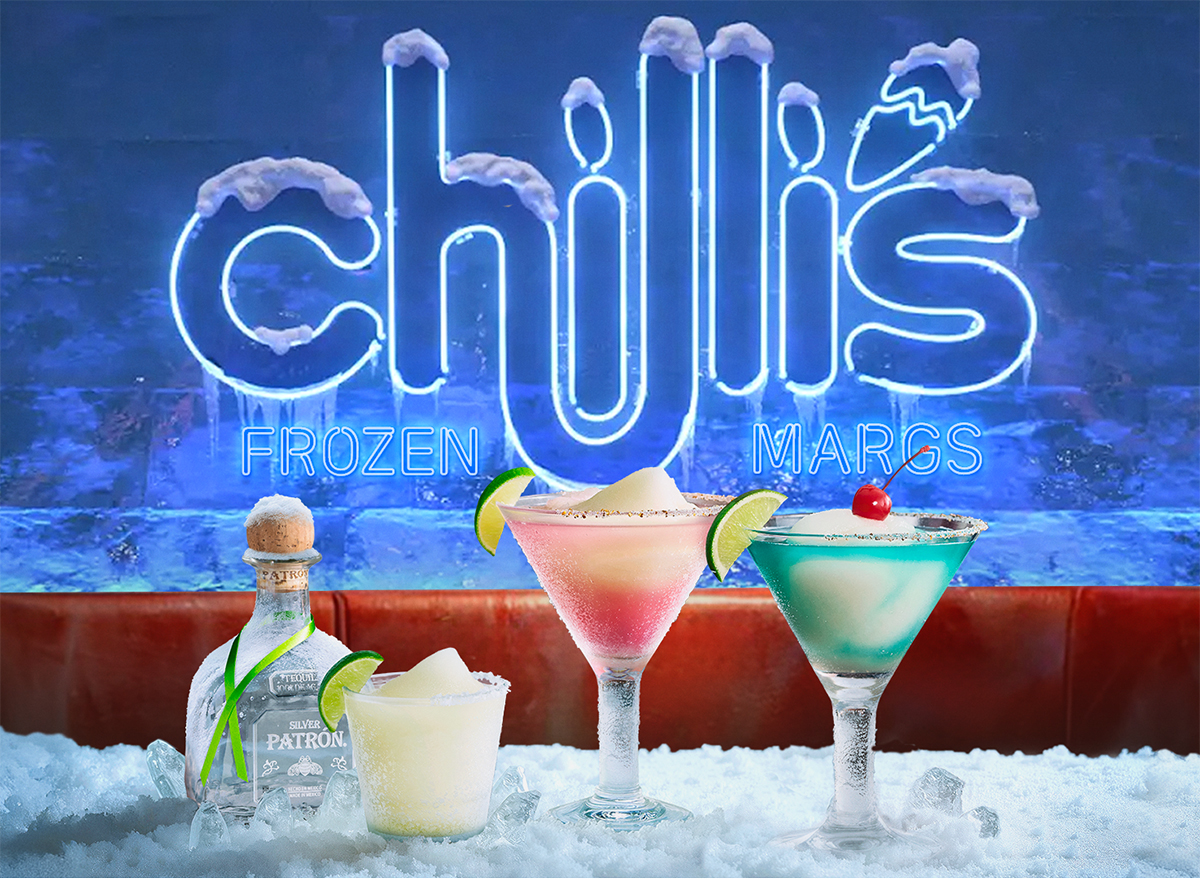
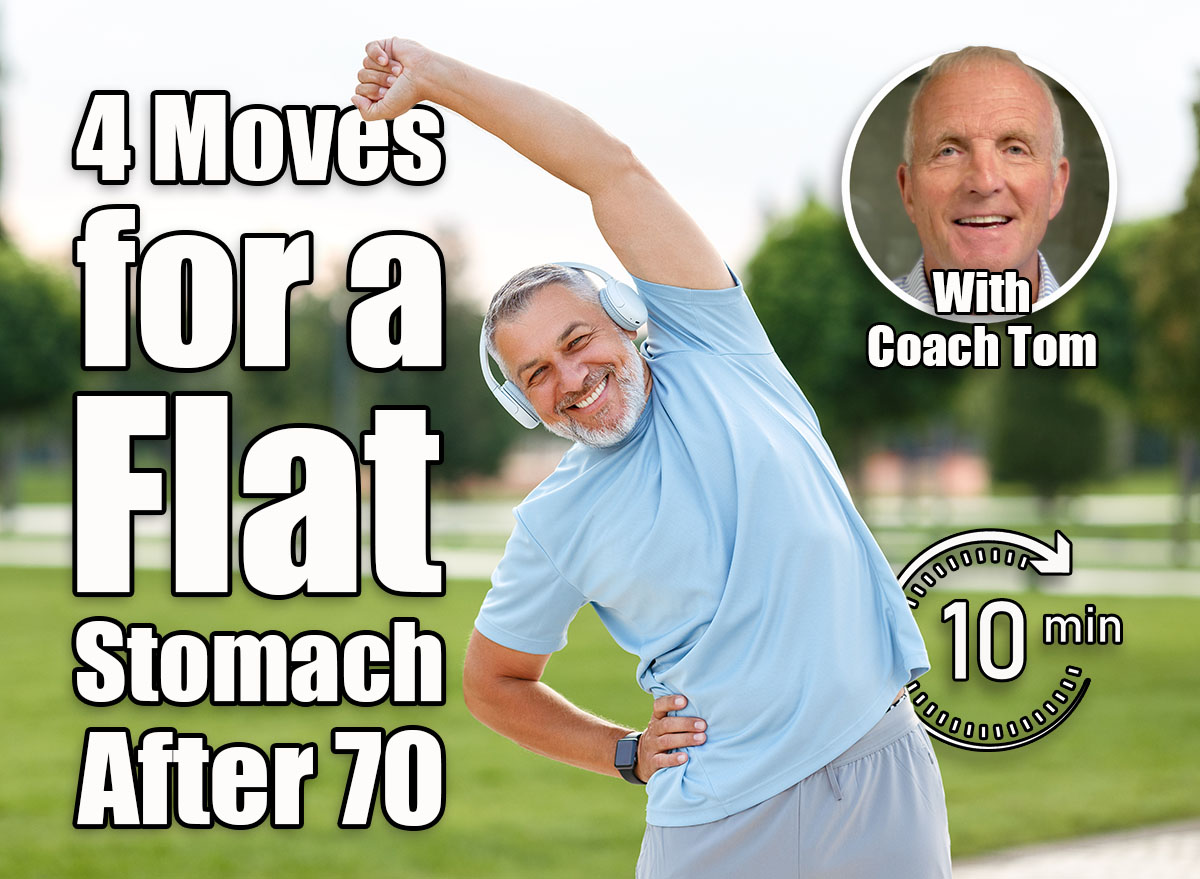
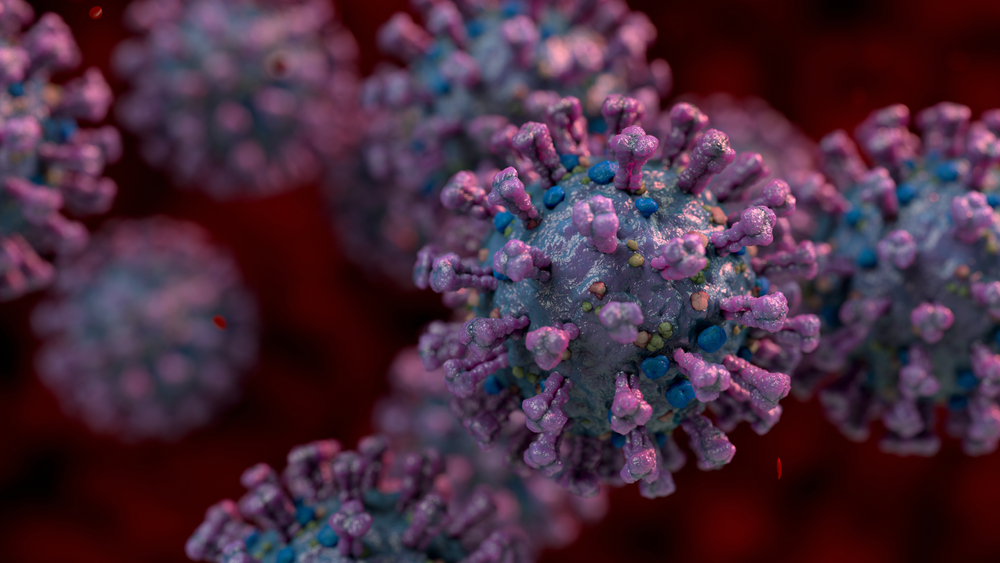

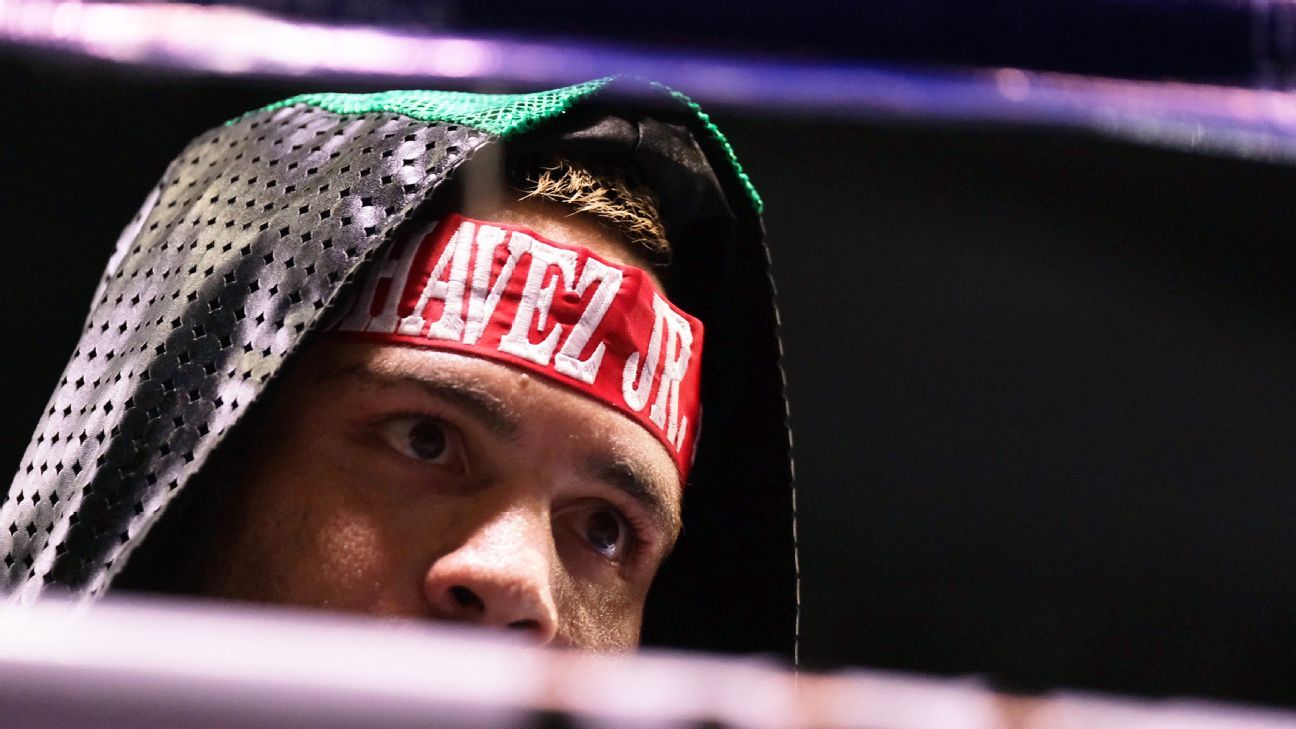

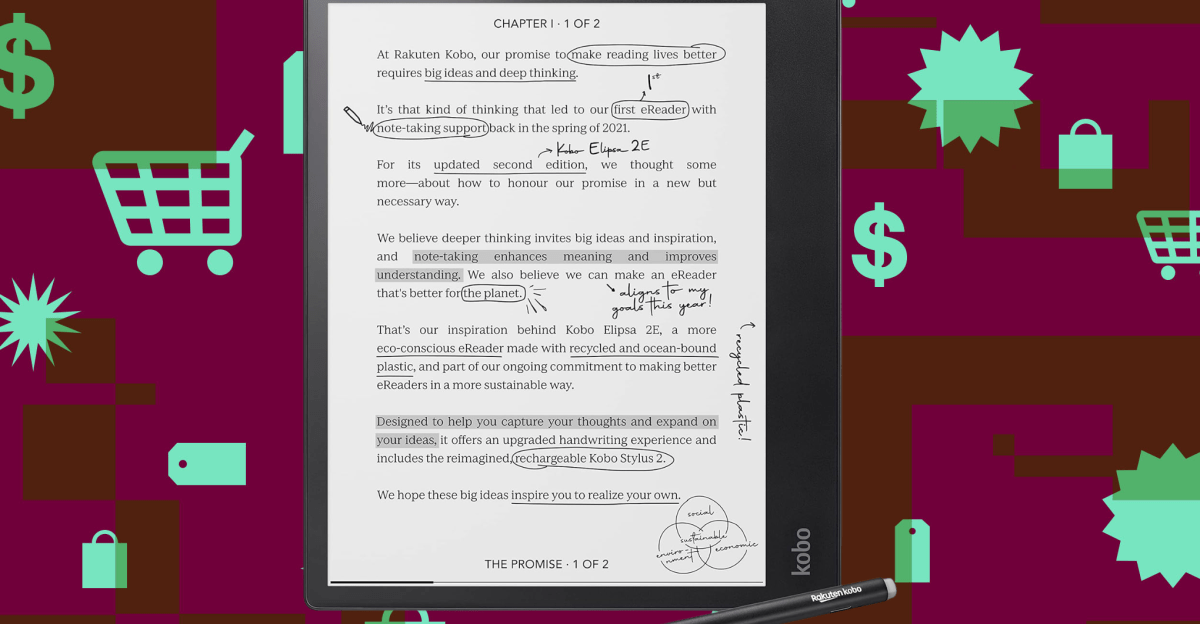
Leave a Reply